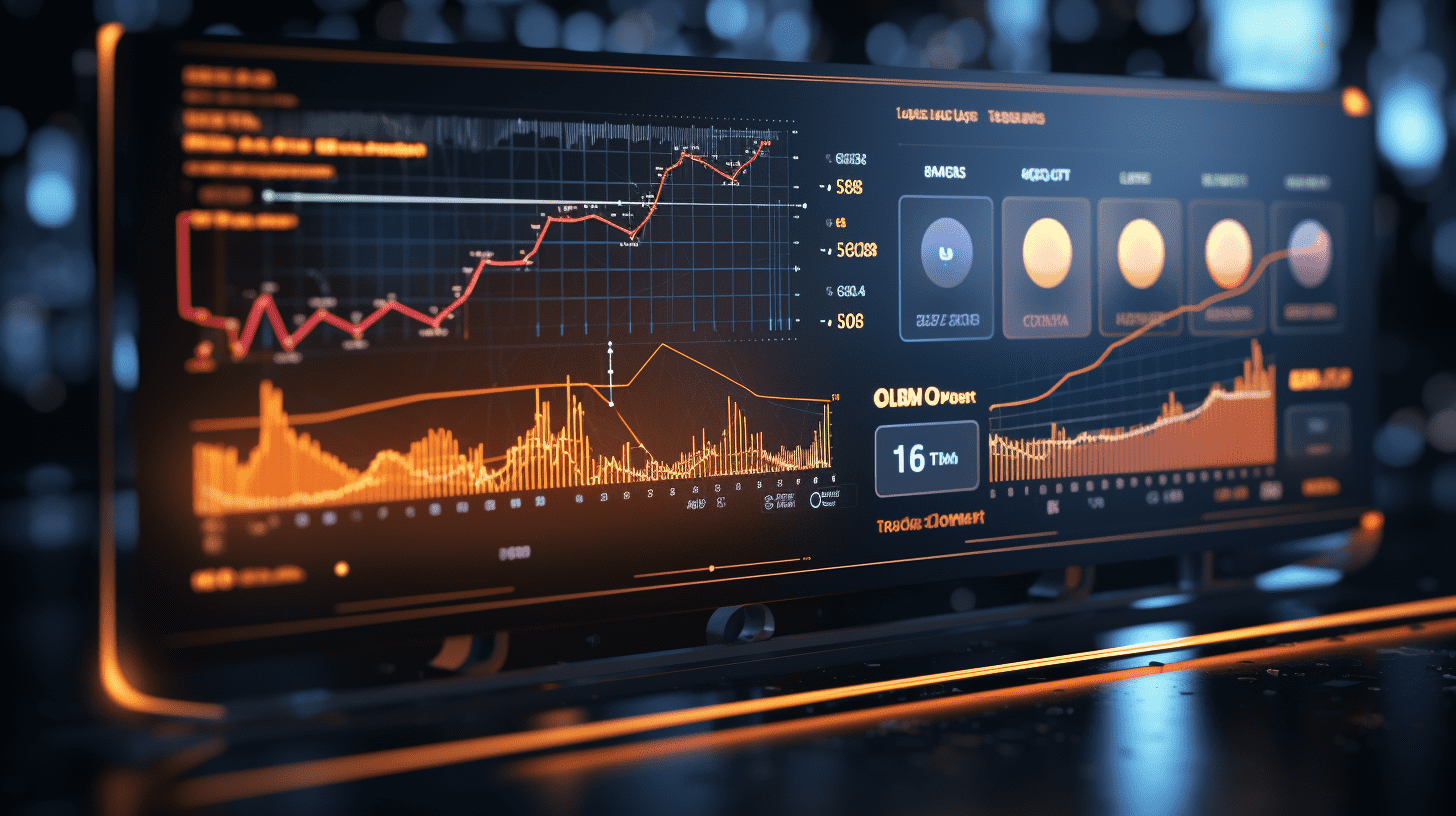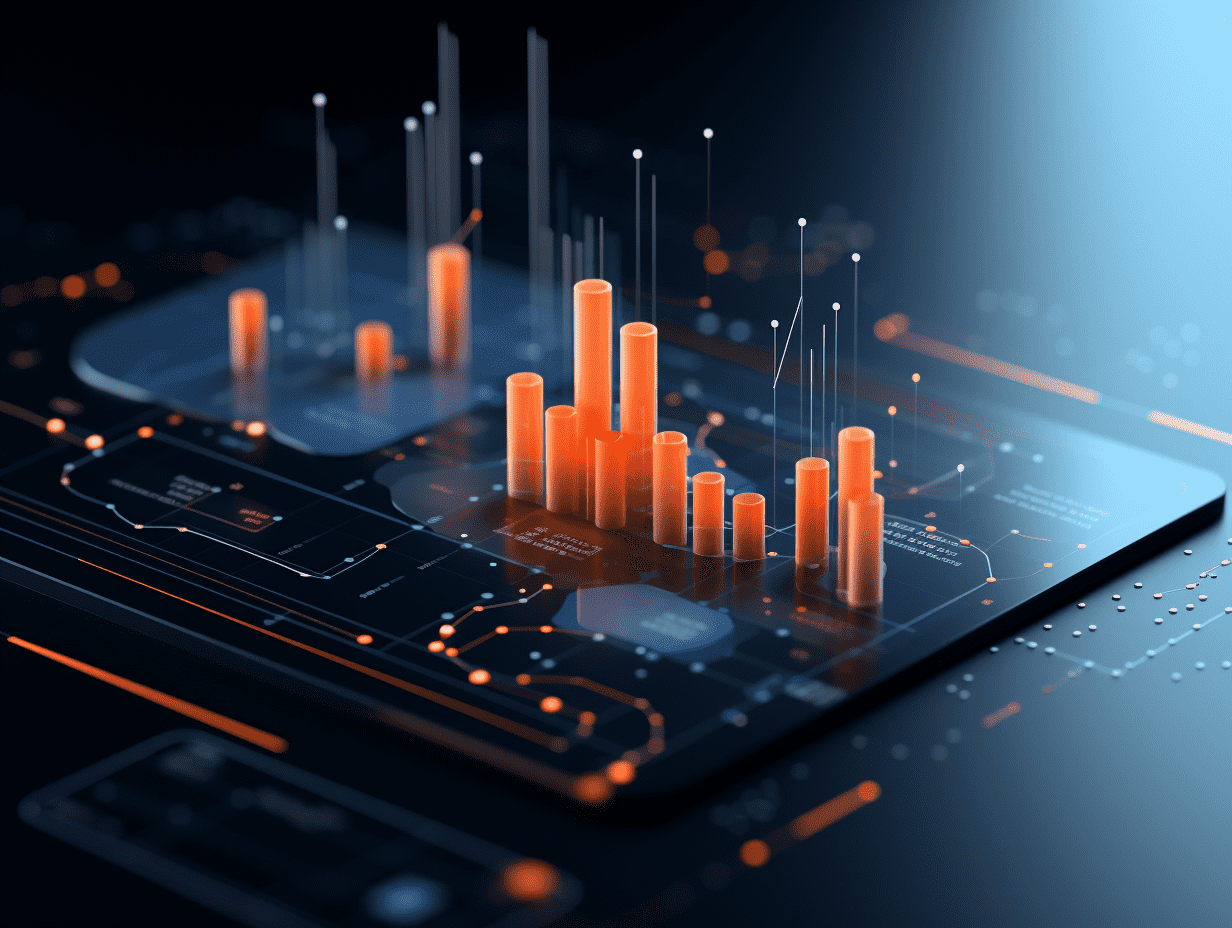CITIC SEC: PCB sector is expected to see both quantity and price increase, bullish on leading companies in the supply chain to fully release profit potential.
CITIC Securities believes that the benefits of the PCB industry will continue in the cloud, and gradually expand to the end.
CITIC SEC has released a research report stating that the AI wave is surging. From the cloud perspective, overseas Nvidia GB200 accelerates shipments, GB300 is entering countdown for release, and under the trend of diversified computing power, products from Amazon, Google, and AMD related to computing power are entering a volume phase. In China, domestic demand for computing power continues to expand, and with product iterations and upgrades, there is hope for accelerated volume growth by 2025. At the terminal level, AI has reached a critical point of implementation, with wearable devices such as AI smartphones and AI glasses expected to enter an accelerated phase of volume growth, leading to the gradual formation of a closed-loop AI industry and the industry entering a virtuous cycle.
CITIC SEC believes that the benefiting logic of the PCB industry will continue from the cloud and gradually expand to the terminal. From the cloud perspective, the AI server, switch/optical module PCB market is expanding rapidly, with a clear trend towards HDI, and ample room for domestic substitution in packaging substrates. Companies that are technologically and capacity-leading, while actively collaborating with major customers, are expected to benefit first. From the terminal perspective, with the accelerated implementation of AI applications, the PCB sector is expected to see an increase in volume and price. CITIC SEC is optimistic about leading companies in the supply chain fully realizing profit elasticity.
The main views of CITIC SEC are as follows:
Industry Tracking: The PCB industry has entered the era of intelligence and is experiencing continuous strong growth momentum.
In terms of the overall industry, the global printed circuit board (PCB) market has entered an upward cycle since the second quarter of 2024, and industry profits are further concentrating towards the top tier high-end manufacturers. AI has become the core engine of industry growth. AI PCB refers to the key PCB supporting products in the AI industry chain, with cloud applications including AI servers, switches, optical modules, and terminal applications including motherboards, other connection boards, and component product structures. Currently, AI training demand continues to exceed expectations, cloud computing infrastructure construction demand remains high, and terminal AI is approaching a phase of volume growth. We believe that PCB, as a key link highly associated with the A-share market and AI, is still worth paying attention to. In this report, we will comprehensively analyze and calculate the latest dynamic changes and opportunities of the AI PCB industry on both ends of the cloud, covering a wide range of processes such as high-density interconnection boards (HDI), packaging substrates, and flexible boards (FPC), and detail the industry's investment opportunities from multiple dimensions such as technological iteration, manufacturer perspectives, and domestication trends.
Cloud AI: The computing power wave is driving a nearly 600 billion yuan market release, and domestic manufacturers are benefiting in multiple dimensions.
At the current stage, we believe that cloud training demand is still in a high-speed growth channel due to the need to improve large model capabilities. As AI extends to various applications and accelerates implementation at the terminal level, the release of inference demand is expected to exceed expectations. We are optimistic about the demand growth of cloud AI in the next 2-3 years. PCB, as a key component, is expected to benefit fully from the growth opportunities of a double increase in volume and price from dimensions such as AI servers, data exchanges, etc. We conservatively estimate that the opportunity space for domestic manufacturers by 2026 could reach 25.4 billion yuan.
1) AI Servers: In terms of quantity, the shipments of AI computing cards/servers are increasing rapidly. We expect the global shipments of AI computing cards to reach the level of 20 million by 2026, with a CAGR of 71% from 2023 to 2026. In terms of price, under technological/process upgrades, the value of PCB steadily increases. For example, for Nvidia servers, the value of a single card PCB has increased from 0.21 yuan to 0.39/0.30 yuan from DGX A100 to GB200 NVL36/72 racks. We estimate that the market space for AI server PCBs in 2024 will be around 17 billion yuan, increasing to 49 billion yuan by 2026, with a CAGR of 70% during the period.
2) Data Exchange: With the rapid expansion of cloud computing, the demand for high-end communication under speed, high-end switches/optical modules are penetrating rapidly. By analyzing the relationship between data exchange facilities and AI servers through the splitting of the network architecture of cloud computing clusters, we calculate that the market space for PCBs related to cloud AI data exchange will increase from 4.7 billion yuan in 2024 to 11.3 billion yuan in 2026, with a CAGR of 54%.
In terms of technological trends, the trend of high-speed and high-density upgrades for cloud computing is clear. We believe that HDI will be the most elastic sub-sector for future growth (the market space for AI server HDI in 2026 is expected to reach 18.2 billion yuan, with a CAGR of 131% from 2024 to 2026). The industry's future trend is clear behind the dynamic adjustment of phased process solutions, and the IC carrier board market is expected to see an increase in shipments and continuous expansion.
From a manufacturer's perspective, we believe that high-layer, HDI, and other PCB products are among the most direct and elastic core sectors benefiting from AI. Companies with leading technology and capacity, actively adapting to binding large customers, are expected to benefit first. Specifically, stable suppliers from domestic manufacturers are expected to continue to deliver performance, under the trend of technological upgrades, HDI and other manufacturers will see development opportunities. Additionally, under the trend of diversified computing power supply, many domestic manufacturers have significant potential for growth. Furthermore, we also suggest focusing on the domestication of AI computing chip IC carrier boards under the trend of autonomous control of semiconductors as well as the opportunities for increased production of high-end PCB products.
Terminal AI: Application explosion in progress, optimistic about leading mobile manufacturers in the fruit chain continuing to benefit.
At present, the industry has the capabilities of models, computing power, and applications, and the implementation of terminal applications has reached a critical point. The specific rhythm is expected to be led by heavyweight products (AI phone) followed by lightweight products (AIoT). We analyze the benefit opportunities in the PCB sector from the perspectives of volume and price. Among them, the fruit chain shows the most prominent elasticity. In terms of volume, the implementation of terminal applications is expected to bring about a new wave of device upgrades; in terms of price, hard boards (RPCB) and motherboards are expected to directly increase ASP with the upgrade of system-level chips (SoC) and storage, while FPC has opportunities for matching upgrades. We estimate that the elasticity of iPhone sales and ASP will reach 11% and 17%, respectively, in 2027 compared to 2024, corresponding to a 30% elasticity in the PCB market space. The increase in profitability from the improvement in capacity utilization is expected to bring about profit growth. We believe.Good apple industry chain leading companies benefit most directly and comprehensively.Risk factors:
The risks of macroeconomic fluctuations and geopolitical risks, intensification of competition in the PCB industry, fluctuations in raw material prices, new products from overseas leading computing power companies not meeting expectations, slower than expected growth in AI market demand, risks of technological change and product iteration, risks related to policy regulation and data privacy, and risks of high customer concentration.
Investment advice: With the surging wave of AI, we believe that the logic of benefiting from the PCB industry will continue in the cloud and gradually expand to the end.
Looking at the cloud, continuous upgrades of large models, accelerating demand for inference, and cloud computing power expansion are jointly driving the AI PCB market opportunities. We recommend focusing on the following investment themes: 1) stable performance growth and realization; 2) growth opportunities brought by technological upgrades; 3) diversification of computing power supply system; 4) domestic substitution of IC carrier boards/materials under independent controllable semiconductor conditions.
Looking at the end, with models, computing power, and application infrastructure in place, major manufacturers are accelerating the exploration of AI application forms. The outbreak of end AI applications is at a critical point. We are optimistic about the opportunities for volume and price increases brought to the PCB industry by the landing of end AI, and believe that leading companies in the supply chain will benefit most.
Related Articles

China Securities Co., Ltd.: The Shanghai Stock Exchange breaks through 4000 points, how to respond at the year end?

CCOE(08286): Liquidation request hearing postponed to December 3rd.

GCL NEW ENERGY (00451): Huang Wei appointed as executive director.
China Securities Co., Ltd.: The Shanghai Stock Exchange breaks through 4000 points, how to respond at the year end?

CCOE(08286): Liquidation request hearing postponed to December 3rd.

GCL NEW ENERGY (00451): Huang Wei appointed as executive director.

RECOMMEND

First in History: NVIDIA’s Market Capitalization Tops $5 Trillion
30/10/2025

Congressional Budget Office Estimates Government Shutdown Has Cost the U.S. Economy $18 Billion
30/10/2025

Wall Street on China’s Internet Sector: Distinct Investment Opportunities in AI and Gaming; Caution on E‑commerce
30/10/2025


